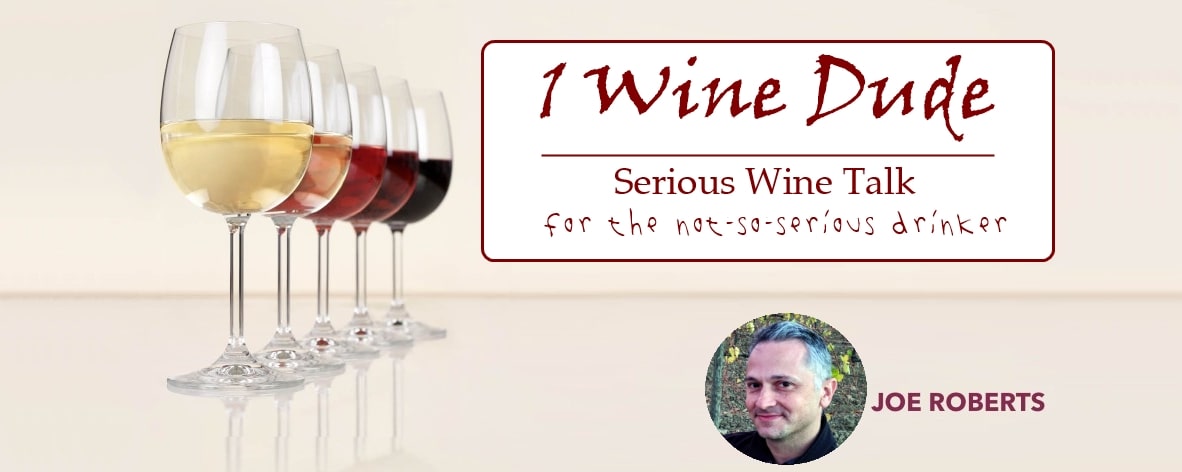I first visited Piedmont’s Bersano back when I was doing work for the My Name Is Barbera campaign. It’s an impressive operation, with its own intriguing museum (mostly from the collection of Arturo Bersano, who seemingly never met a cool knickknack that he didn’t like), situated just in front of the train station in Nizza Monferrato.
So it was especially fun for me to get reacquainted with them and sample some of their recent releases during an online tasting with Frederico Orione, the youngest of the next generation of the family overseeing Bersano (and whose grandfather purchased Bersano from the original founding family, who established the company in 1907).
Bersano has become a big thing, by Nizza Monferrato standards: 230 hectares, across 10 estates, producing wine from all of the DOCGs and DOCs of Piedmont (40% of their production is exported, mainly to Canada, USA, and Germany). The main point of the modern Bersano, as Frederico put it, is that they “control the supply chain, from the vineyard to the bottle.” Nothing happens in the production of Bersano wine that they don’t somehow oversee or call the shots on, giving them almost as much say over how their wines turn out than Mother Nature herself. Almost.
The good news is that Bersano’s wines are even better than I recall from my first in-depth visit there. Here are my thoughts on a bit of a cross-section of their varied production, from bubbles to Barolo tro high-end Barbera…





Bersano Spumante Metodo Classico ‘Arturo’ Pas Dosé 2016, Vino Spumante, $NA
“It’s kind of a niche in our market, just 3,300 bottles per year,” Frederico remarked about this sparkler, made from 100% Pinot Nero, and aged on the lees for a minimum of 66 months (!), crafted as a tribute to the region’s older history of creating sparkling wines. 2016 was an excellent vintage overall for much of Italy, and this bubbly takes full advantage of that fact. Floral, toasty, and sporting lots of brioche as you’d expect with that long of lees aging, this also sports some seriously fresh green, yellow, and red apple fruit flavor. The palate is spicy, with excellent bread crust action, but that apple fruit shines on a fresh-as-daises palate (there is basically zero RS here), with a finish that is extremely long.

Bersano Cremosina Nizza 2022, $NA
Cremosina is the first estate that Bersano purchased in 1912, and was once used by Napoleon (yes, that Napoleon). This `22 is from one of the driest vintages in the area in the last 50 years, but that didn’t stop Bersano from their stylistic target for this label, which is accessibility (as Frederico noted, “It must be a wine from breakfast to dinner”). After 12 months in oak barrels, followed by 6 months in the bottle, it kicks off with savory balsamic and blackberry aromas, all quite concentrated on the nose (presumably thanks to the dry vintage), with hints of bramble spices throughout. Red fruits dominate on the palate, which is very fresh and a lot more lighthearted than the nose would suggest. Particularly food-friendly, and particularly juicy.

Bersano Generala Nizza Riserva 2020, $NA
I’ve been following the Nizza Barbera category almost since its very beginning, so my perspective on this red is an educated one (I hope). This gets teh full-on premium treatment: 12 months in wood, of which 80% in tonneaux and 20% oak barrels, followed by 12 months in the bottle. It’s abundantly floral, with lots of violets and roses, hints of vanilla, and plenty of jaunty, plummy red fruit enveloping the nose, with an undercurrent of underbrush. The juiciness of the red, blue, and even black fruit palate—and its freshness—almost hides the power that this concentrated Nizza packs. There is some heat here on a long, mineral, and ripe-fruited finish, but it never feels too heavy.



Bersano Barolo Comune di Serralunga d’Alba Nirvasco 2021, $NA
This red spent 36 months in large oak barrels and in the bottle, and is sourced from a vineyard purchased by Bersano in 1968 (now at 11 hectares) , which technically predates the Barolo DOCG. Lots of wood and vanilla notes intermingling with dried rose petals here. Wild red cherry fruit carries from the nose to the palate, along with leather and a savory, minty note. The fresh mouthfeel gets Old School and toughly tannic quite quickly, and that drying note continues right on through to the finish. There’s energy here, but it’s almost shrouded in a sense of deadly seriousness.

Bersano Cannubi Riserva Barolo 2017, $NA (but $$$)
“Cannubi is probably the most important” single vineyard in the Barolo area, according to Frederico, and yeah, that’s a bit of an understatement, as it’s probably the most widely known Barolo cru site. From another very dry vintage, this red saw 36 months in oak barrels and 18 months in the bottle. Tobacco leaf, black and red licorice spice, savory meatiness, and ripe cherry action all launch from the glass, with a really nice dried rose petal note, too. The red fruit on the palate is at once deep in flavor and transparent in freshness. That Old School palate structure rears its head again here, along with a good amount of toast, but there is more finesse to go with the sinewy texture. With game dishes, this will shine right now, but it still has a youthful gait.

Bersano Badarina Riserva Barolo 2016, $NA
Spending a minimum of 60 months in oak barrels, tonneaux and in the bottle, this red hails from a somewhat higher elevation (by Piedmont standards ) of 500m, in Serralunga d’Alba. Just 3,000 bottles/year are made. Its smoky, gamey, and incense-filled nose starts tightly wound up. Then blackberry, bramble, and dried cherries show up along with dried rose petals, earth, and balsamic hints. The palate structure is dialed up, with the tannins having a greener edginess and bite, and the acidity looming imposingly large, both taking over the red fruits on the long finish.
Cheers!


